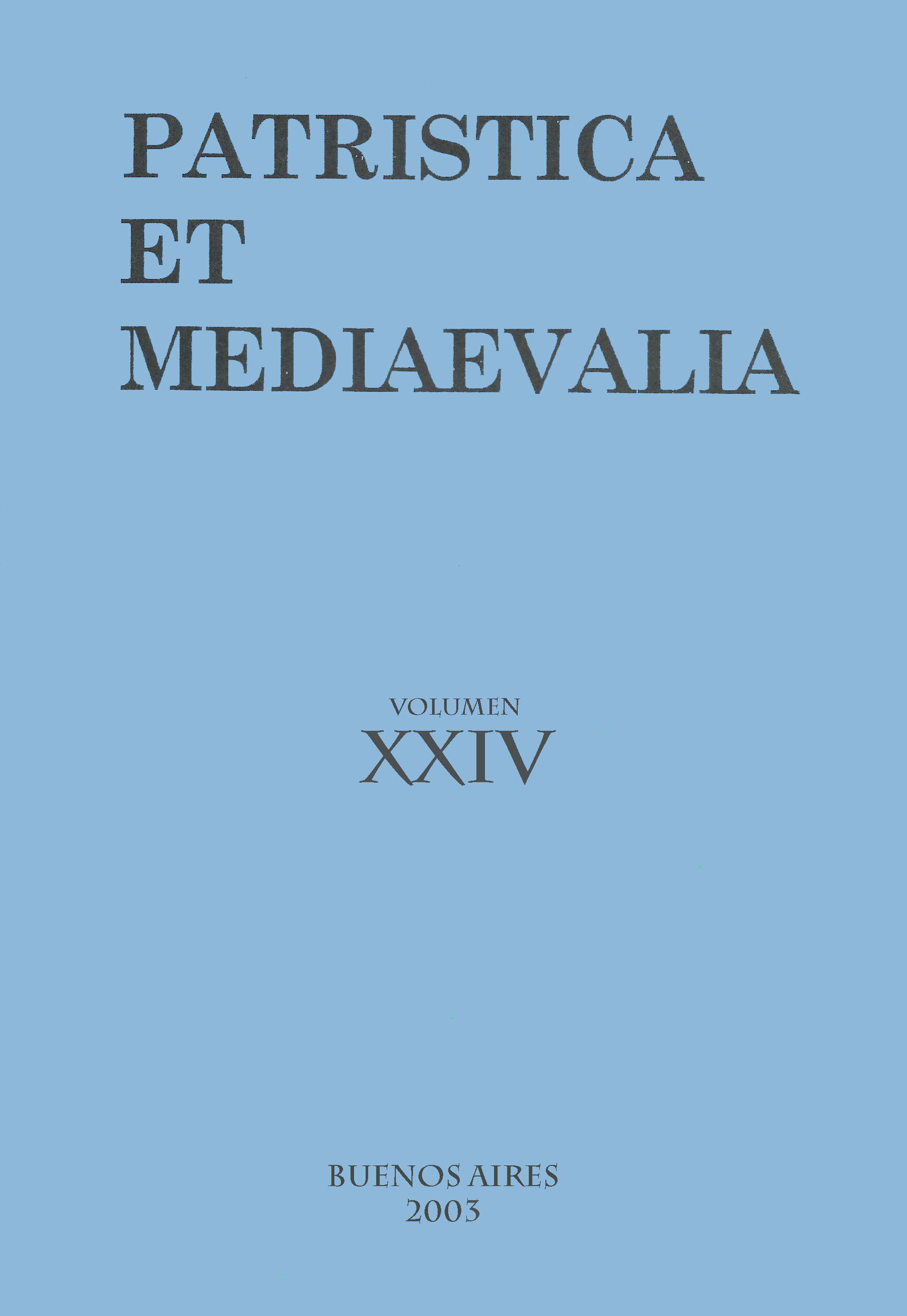Two trends in Canon Law from 1150 to 1250
Abstract
Canon Law in the 12th and 13th centuries has often been associated with the growth of the papal monarchy. Without denying such connection, this paper aims to suggest that it brought about elements that helped to challenge the central place of the pope in Christendom. First, in broad lines, the use of Matthew 16,18 (Tu es Petrus) and the Translation of the Empire by Gratian, Innocent III and Innocent IV, which evolved to support the increasing authority of the pope in temporal affairs, are discussed. Some aspects of this use that could give, and eventually gave, shape to a doctrine on the position of the pope, are then pointed out.Downloads
References
Guenée, B. (1971). L’Occident aux XIVe et XVe siècles: les États. Paris: PUF.
Leclercq, J. (1942). Jean de Paris et l’Écclesiologie du XIIIe siècle. Paris: Vrin.
Maccarrone, M. (1960). Chiesa e Stato nella Dottrina di Papa Innocenzo III. Lateranum, 6(3-4), 139-147.
Maffei, D. (1964). La Donazione di Constantino Nei Giuristi Medievali. Milan: Giuffre.
Southern, R. W. (1995). Scholastic Humanism and the Unification of Europe I: Foundations. Cambridge (Massachussetts): Wiley-Blackwell.
Tierney, B. (1957). Pope and Council: Some New Decretist Texts. Medieval Studies, 19, 197-218.
Tierney, B. (1968). Foundations of the Conciliar Theory. Cambridge: Cambridge University Press.
Watt, J. (1961). The Theory of the Papal Monarchy in the 13th Century. London: Methuen.
Ullman, E. (1949). Medieval Papalism: the Political Theories of the Medieval Canonists. London: Methuen.
1. The authors who publish in this magazine accept the following conditions:
-
They retain the copyright and grant to the magazine the right of the first publication, with the work registered under the Attribution-ShareAlike 4.0 International License that allows third parties to use what is published as long as they mention the authorship of the work and the first publication in this magazine.
-
They can make other independent and additional contractual agreements for the non-exclusive distribution of the version of the article published in this magazine (eg. include it in an institutional repository or publish it in a book) provided that they clearly indicate that the work was first published in this journal.
-
They are allowed and recommended to publish their work on the Internet (for example on institutional or personal pages).
2. AutoArchive Conditions. Authors are allowed and encouraged to distribute post-print electronic versions of their manuscripts because it promotes their circulation, a possible increase of quotation and a major reach among the Academic community. Color RoMEO: blue.













